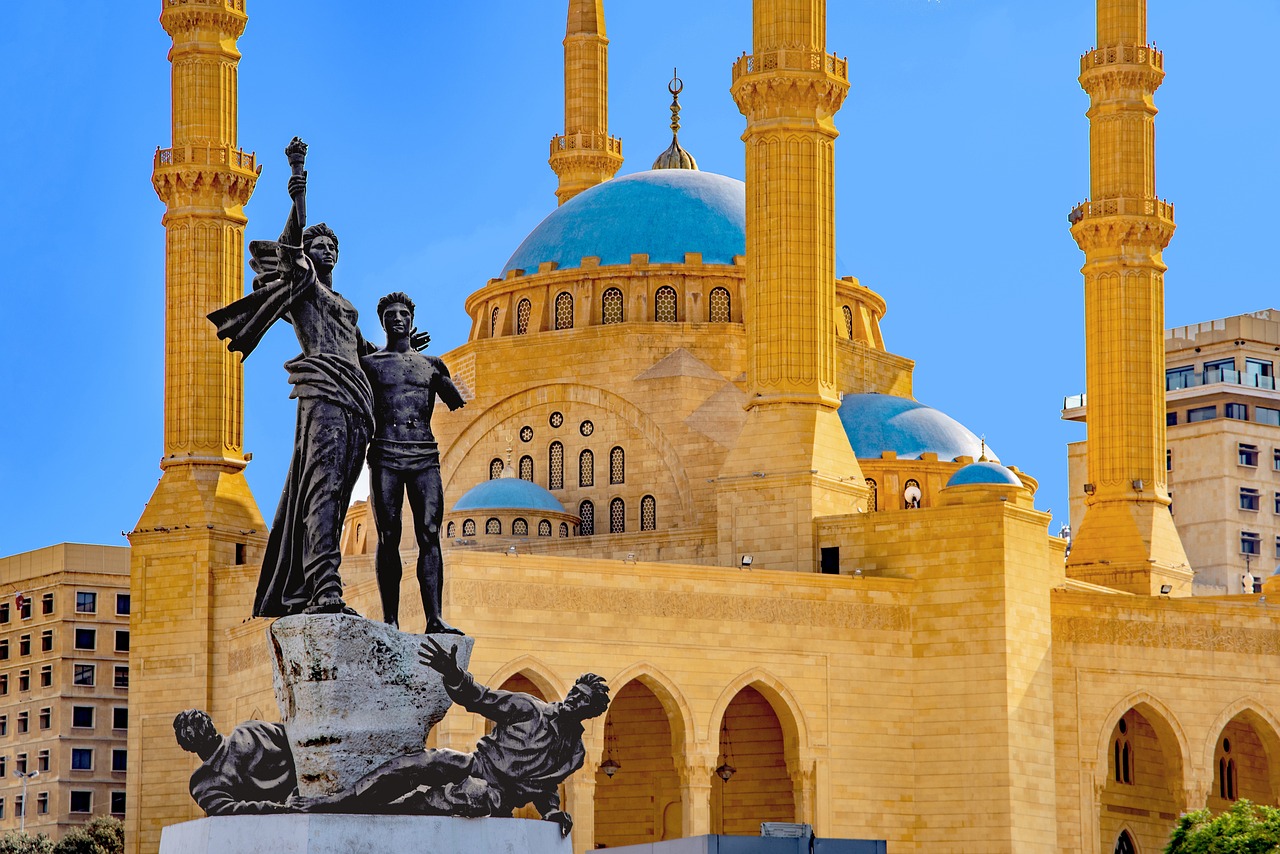Devastating Airstrike Strikes Beirut, Resulting in Casualties and Destruction
A recent airstrike by Israeli forces on central Beirut has led to the deaths of at least 11 individuals, according to Lebanese officials. The attack, which occurred without warning around 4:00 AM local time on Saturday, targeted the densely populated Basta district and resulted in the destruction of an eight-story building.
The Lebanese National News Agency reported that the strike involved a bunker buster bomb, a weapon previously utilized by Israel in attempts to eliminate high-ranking Hezbollah personnel. This raises questions about whether a prominent figure was the intended target, although no immediate comments have been made by either the Israeli military or Hezbollah.
Emergency workers spent the morning clearing rubble and retrieving bodies from the wreckage. The Lebanese health ministry announced that more than 60 people sustained injuries, with fears that this number could increase as DNA tests are conducted on recovered body parts.
Ali Nassar, a resident of a nearby building, shared his traumatic experience: “The explosion was horrifying… My home now resembles a battlefield.” He expressed deep concern over the collateral damage, questioning the necessity of such an attack that endangers innocent lives.
Escalation of Conflict Amid International Efforts for Ceasefire
On the same day, the Israel Defense Forces (IDF) launched additional airstrikes in Dahieh, a southern Beirut area known for its Hezbollah presence. These strikes are part of a broader military campaign against Hezbollah, which has intensified recently amid ongoing international attempts to negotiate a ceasefire.
In light of renewed discussions aimed at ending over a year of conflict, U.S. officials have been actively engaging with both Lebanese and Israeli leaders. Notably, Amos Hochstein has been facilitating talks regarding a proposed agreement that may include aspects outlined in United Nations Security Council Resolution 1701. This resolution calls for the withdrawal of Hezbollah from areas along the border with Israel.
A Western diplomat revealed that discussions currently revolve around a tentative 60-day ceasefire, which would necessitate an Israeli withdrawal from southern Lebanon and enhance the presence of Lebanese military forces in that region. However, unresolved issues remain regarding timelines and monitoring mechanisms for this potential agreement.
Looking Ahead: The Complex Landscape of Negotiations
Despite signs of progress in negotiations to halt hostilities, tensions remain palpable. Hezbollah has indicated its willingness to engage in dialogue but has also reaffirmed its readiness for prolonged conflict if necessary. Its Secretary-General Naim Qassem emphasized that any agreement must ensure Lebanon’s sovereignty and complete cessation of hostilities.
As this complex situation unfolds, Israel aims to facilitate the return of approximately 60,000 displaced residents from northern Israel while Lebanon grapples with significant humanitarian impacts; reports indicate over 3,500 fatalities and more than one million displaced individuals due to the ongoing conflict.
The future remains uncertain as both sides navigate these challenging dynamics amidst regional instability and international diplomatic efforts.


